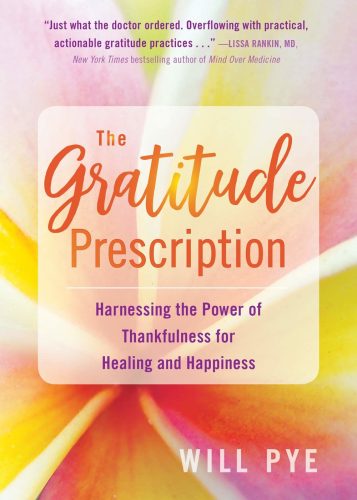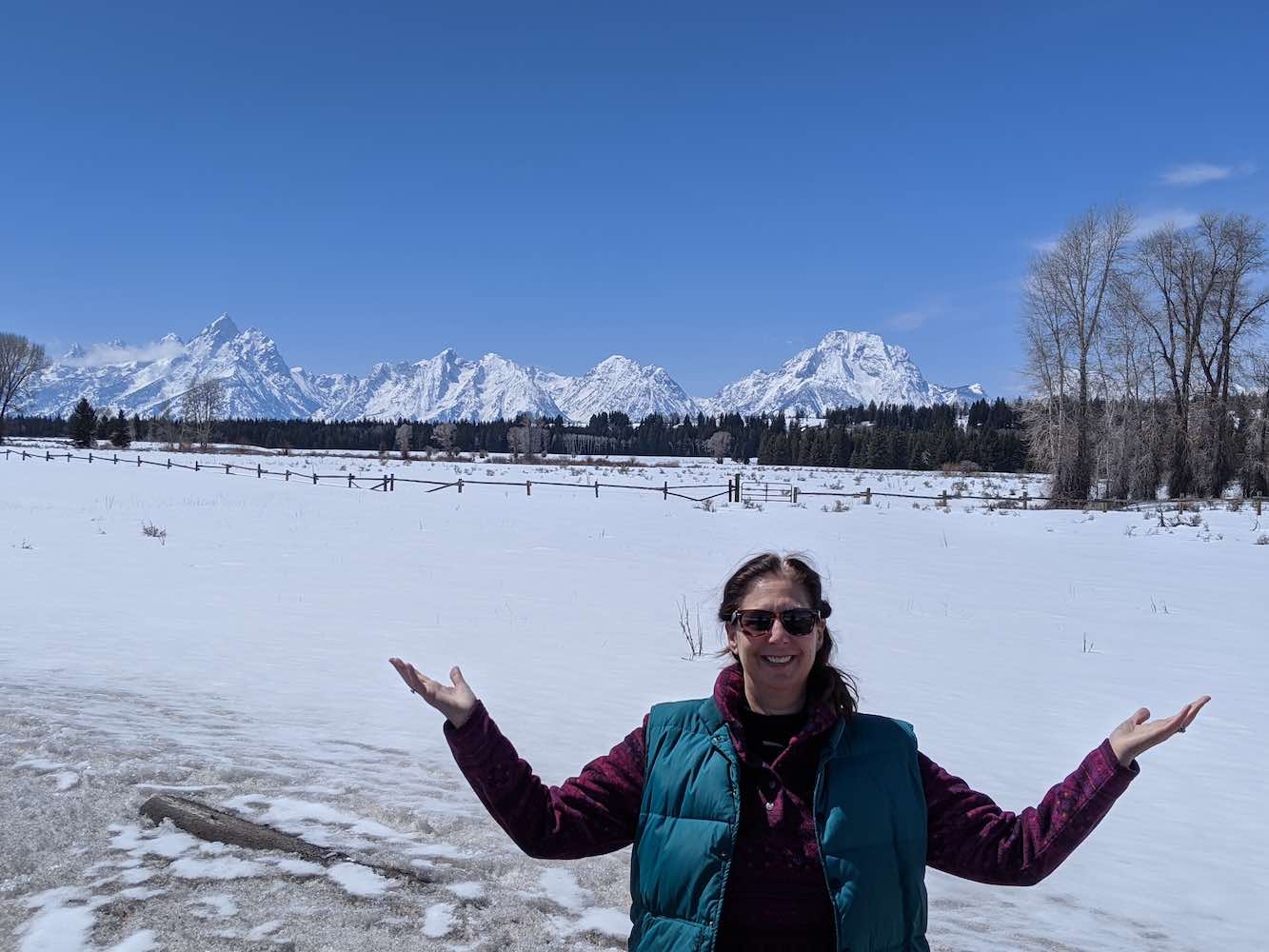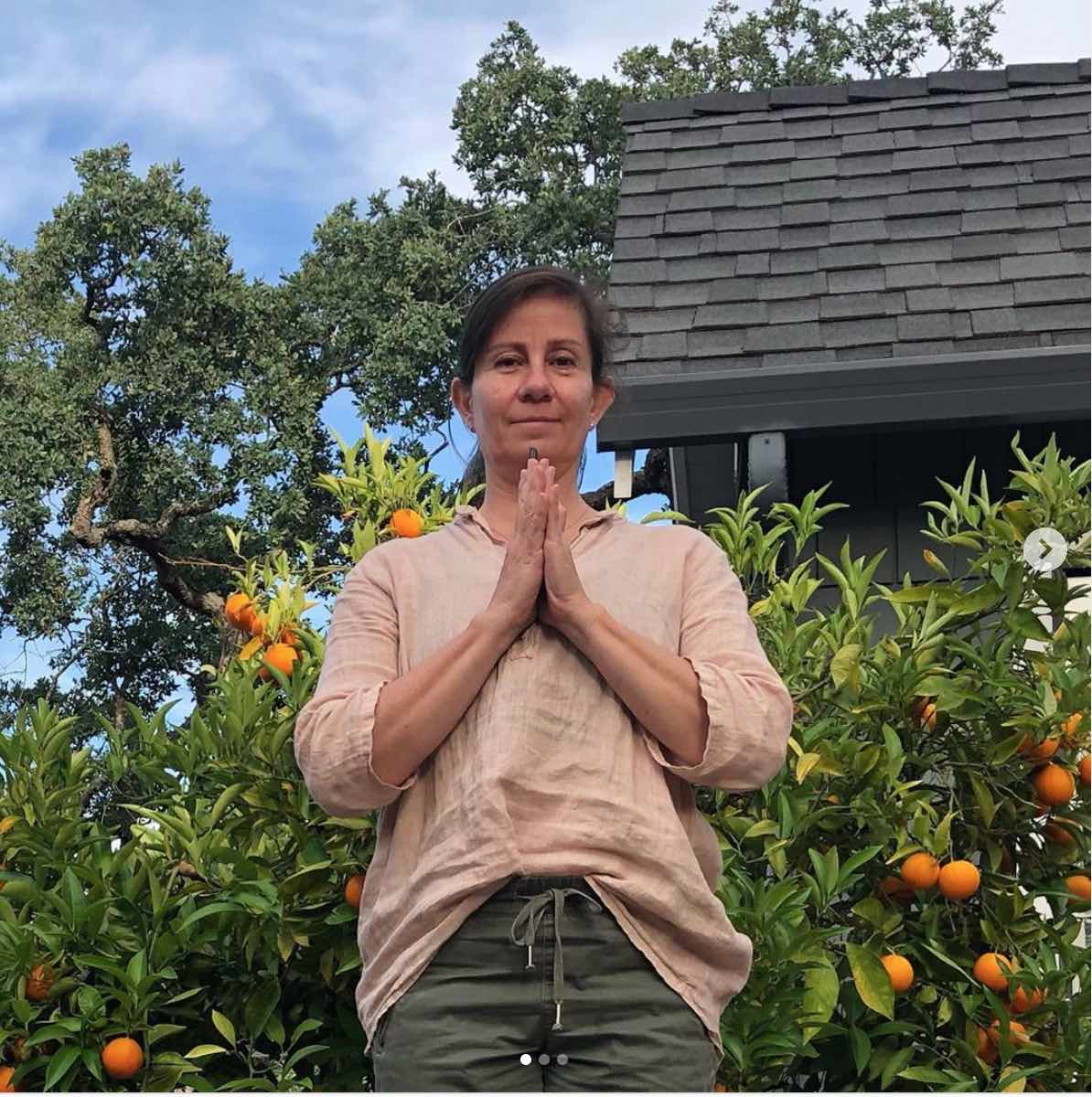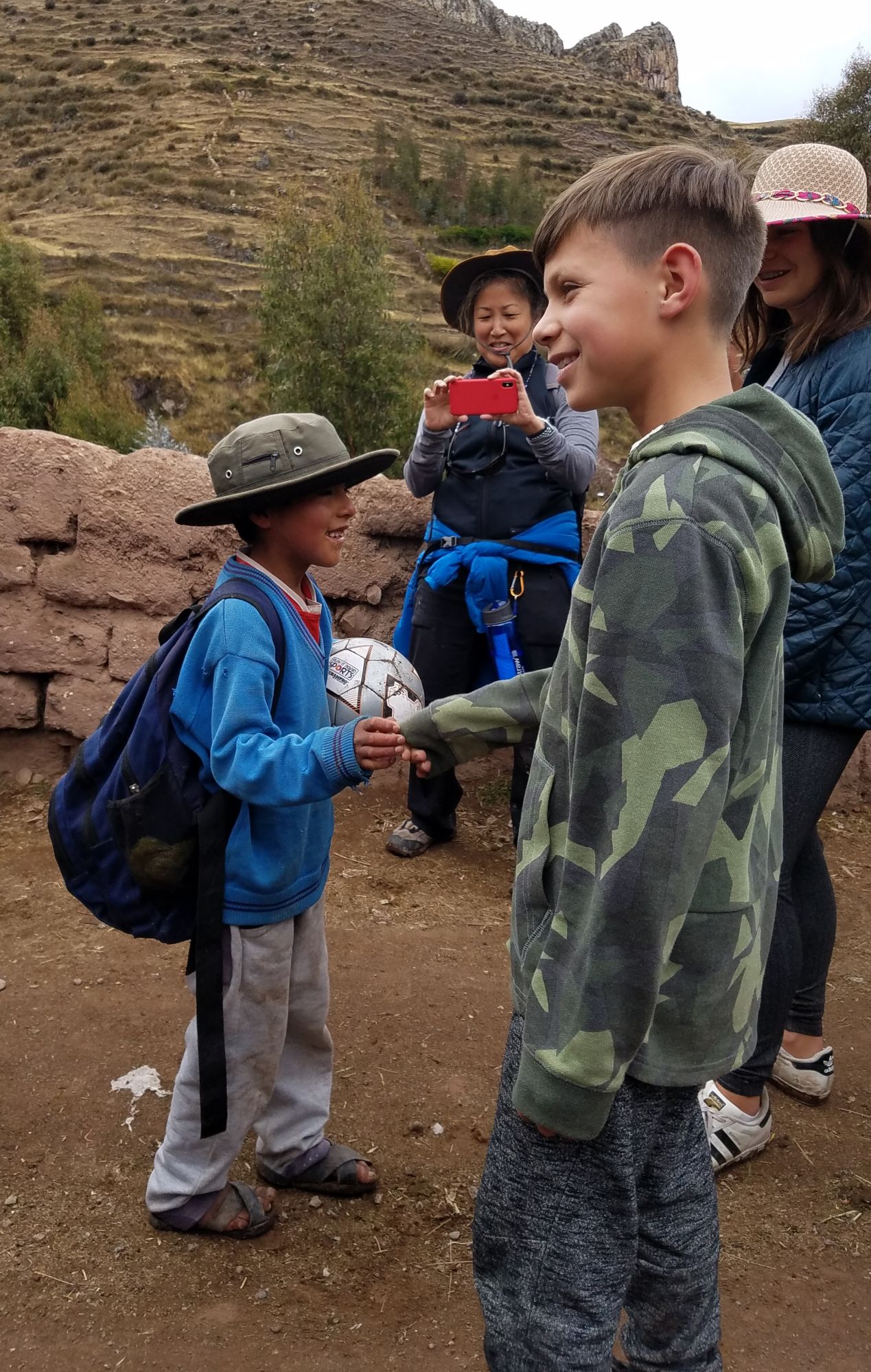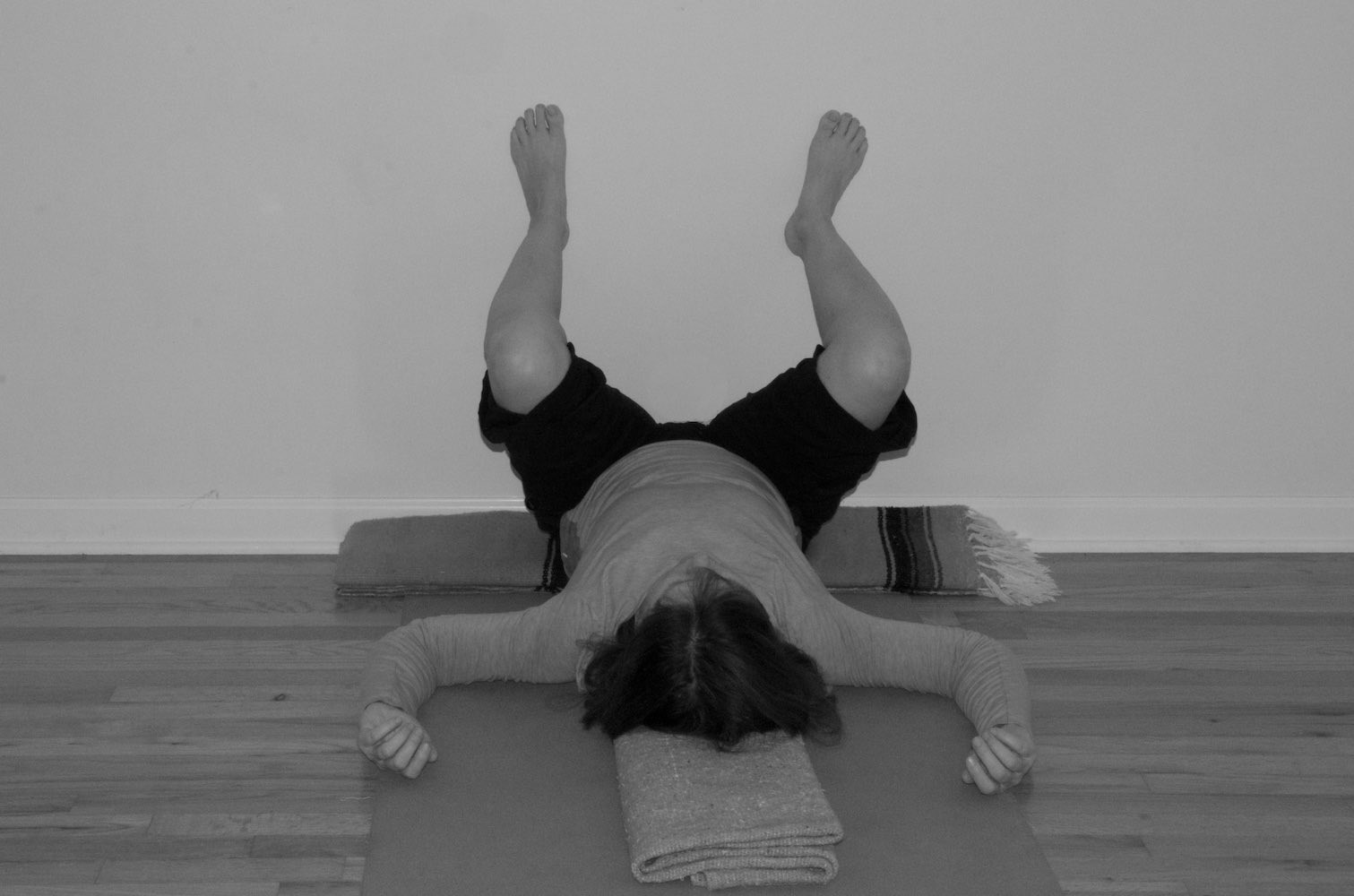“Being yourself is an ever-changing process that unfolds continuously. Learn how to honor and appreciate the unique aspects of your journey and recognize the common ground between you and everyone you meet.”
Will Pye
This article is chapter five of my new book The Gratitude Prescription (and has also appeared in Conscious Lifestyle Magazine):
I came into this world about a month past my due date. I have joked that this was a sign of intelligence: I realized I was on to a good thing, very comfortable, with all my needs met, and I was in no hurry to leave the safety of my mother’s womb. Such a story makes sense within the awareness of some of the curious features we have included in the human-being welcoming committee. The fluorescent lighting, the stressful atmosphere, an occasional metal clamp around the head, and being slapped, are hardly enticements likely to encourage a baby to be born.
However, there is, of course, one flaw in this humorous little story: even if there were somehow awareness of these potential greetings, there is no self to be aware of them and thus be put off. We come into this world simply aware, as undifferentiated, undivided awareness and feeling. Looking at a newborn baby tells us this. The child will often appear entirely bewildered, amazed, stunned. Yet, we know there is actually no one, no identity to be amazed. Studies have shown that the idea of “me,” the sense of a self, does not appear to form until two to three years old. The curious awareness is told, “This is Mommy, this is Daddy, this is a tree, a dog, a cat, and you are you.” In the earliest years, other than through bodily sensation, there is no capacity for a sense of self. As the brain develops, through thought and language, the idea of “me” begins to take hold.
Scientists developed a revealing experiment that allows the arising sense of me – and, thus, other – to be tracked as a predictable universal stage of human development. Faced with a two-sided shape with different colors on each side, the child is asked: What do you see? What does Mommy see? And then the shape is turned so that the child can see there are two sides of different colors. We know that if we are seeing one color, the person on the other side is seeing the other color. However, the younger child still answers the second question with the answer of the first; if I am seeing green, then everyone is seeing green. The arising of a sense of self and other, the beginning of the sense of separation, allows the child to recognize that there is their view and another’s view. Only within this expanded awareness, now including a “my” and a “yours,” can they correctly answer the question of what the other sees. We only need to pause a moment to consider the value of taking another’s perspective, and the problems when people are unable to, to see the clear developmental value of this. Clearly, the development of the ego, of a self, is advantageous and evolutionary.
The sense of self continues to develop and form in interrelationship with other phenomena, whether with people beginning with our primary caregivers (usually Mom and Dad); with feelings, such as hunger, pain, and sadness; or, with objects. If there is a you or an it, there is a me. If there is an object, there is a subject. The English language efficiently expresses and reinforces this apparent state of affairs. Other languages, such as Japanese, are less dualistic. Also, the languages of indigenous people often emphasize wholeness rather than separation. I recall watching a recording of a 1970s linguistics conference featuring David Bohm in which a linguist (who was also an American Indian) shared how his language would say “bouncing” rather than “There is a ball bouncing.”
Within the awareness that our language creates our experience, imagine for a moment a culture that speaks of flow, of movement, of verbs, rather than of subjects and objects. It is likely a challenge, as it requires you to imagine beyond the very structure of thought you are so well accustomed to experiencing life through. If you have always and only been looking through green-colored lenses, it is tricky to imagine what a rose-colored world would look like. Yet, if as Ludwig Wittgenstein states, “the limits of my language are the limits of my world” (1922), and we wish to live without limits, we must take on such perceptual challenges and see beyond our own conditioning.
Continues: Click here to read the entire fifth chapter.

